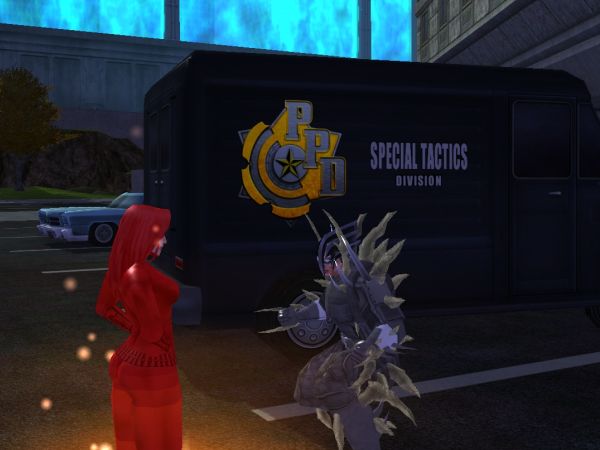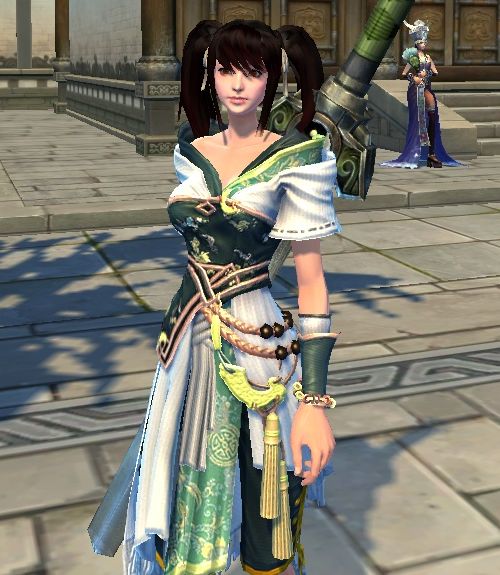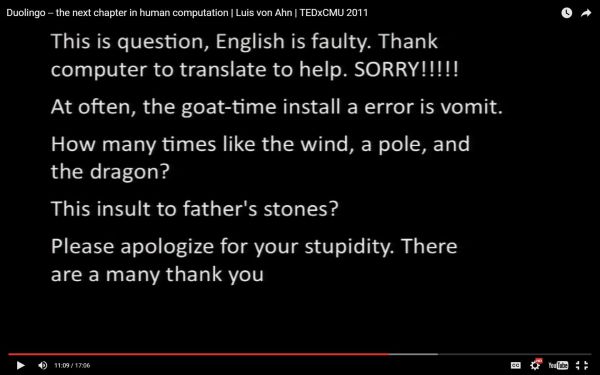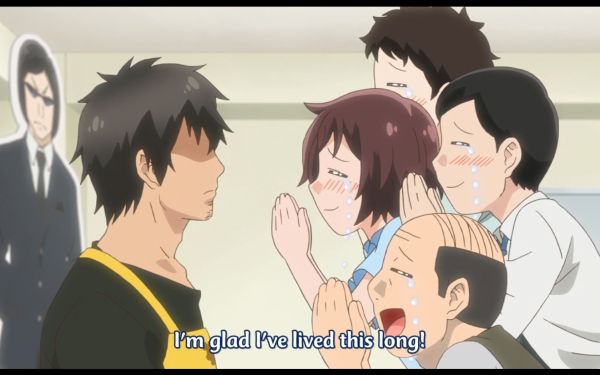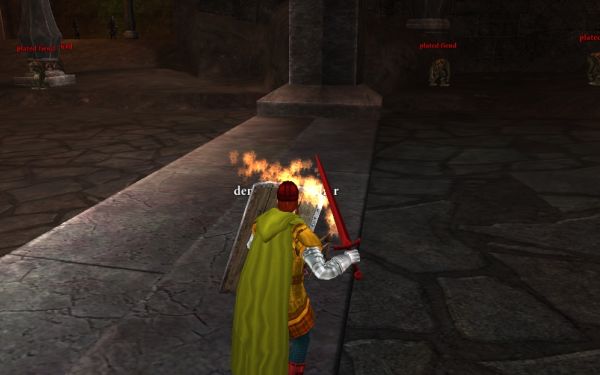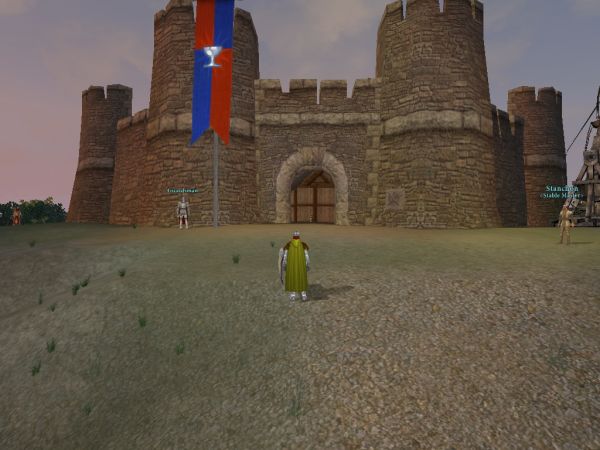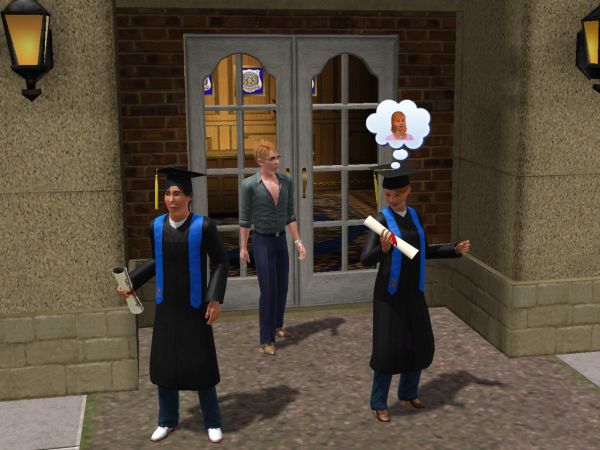
I wish you all a blessed Yuletide and hope your faces are not on fire like some of the folks in the background here. The picture is from MidJourney imagining a traditional Yule in Norway.
While I was aware that people have been making some progress in AI, it still seemed to be some distance away for us non-famous folks. Until this fall, when an online acquaintance sent me a link to Dr. Alan D Thompson’s YouTube summary of his half-year report, The Sky is Bigger. (Text version here.) It was here that I discovered that while I slept, Artificial Intelligence had not only become more powerful; it had also come closer to the people. Text-to-image software using AI was trending, and thousands of ordinary people joined in on the fun. In addition, others had begun using AI to help write blogs and even novels. And toward the end of the year, OpenAI launched their ChatGPT, which became an instant sensation, gathering more than a million users in its first week. There has never been a new technology with such explosive growth before.
The growth in quality and “human-ness” of these AIs has been astounding, with noticeable improvements happening in a matter of months or sometimes less. Can this explosive improvement continue? Can it possibly even accelerate? I am not sure. Perhaps it was just a lot of long-term work that just happened to be finished simultaneously. Time will show. But I would not bet against the progress continuing at a breakneck pace.
***
After having messed around with an AI image generator, AI text generators, and an AI fact explainer, near the end of the year I eventually replaced my trusty old Samsung Galaxy S8+ smartphone with a Pixel 7 Pro. The Pixel series has been conspicuously absent from Scandinavia since its inception, despite the region being a world leader in mobile use and adopting new technology in general. But better late than never! Ironically, I use it with the US English standard interface, but that’s beside the point. The point is, both the Pro and the smaller Pixel 7 come with Google’s new multi-processor chip, the Tensor G2. The Tensor chips are (as you might expect from the name) made for AI. These are small, practical applications: Better photography, better speech recognition, and “adaptive” functions that get better the more you use them: The more you unlock the device with your face, the better it learns to know your face. The more you unlock it with your fingerprint, the faster it becomes. And the longer you have your phone, the better it knows your usage habits, and can optimize power usage to save battery life. This bite-sized machine learning means that for a while, your smartphone keeps getting better as it adapts to you.
This is not entirely new: Huawei made their last Android phones with a dedicated AI chip as well, and had lightning fast and accurate unlock and picked different modes for different camera motives. But Google has dialed this up to 11. And I suspect this is just the beginning. Take the keyboard, for instance. There is no reason why the keyboard shouldn’t get used to your writing style. Then it might autocomplete not just words but phrases and whole sentences, much like Google has started doing in Gmail. Normal people are pretty simple and repetitive, so such a feature could save them a lot of typing. Hmm, I wonder if an AI would find me simple and repetitive as well?
Anyway, it has been an exciting time to be alive, and I am glad I got to live long enough to see it. Although I would dearly love to see more in the years to come.

